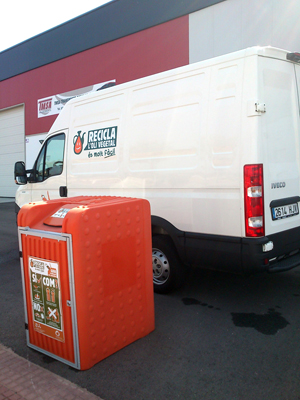I have been a bit confused with the whole BlackFriday thing. Since when did BlackFriday change from being a day (Friday) into a week? I was under the impression that it was a super dooper sale day on or around the end of November not a complete week and then running into CyberMonday!
It seems that the first few years of the event were great with genuine reductions, but after that companies twigged onto the fact that were they to raise their prices for a while before BlackFriday it would look like the savings were real.
This year was disappointing to say the least, the online companies were just selling all the stuff they couldn´t get rid of, I get that that was the whole reason for this supersale in the first place but it seems to have gone off the boil.Some of the high street shops raised their prices before and then discounted them for the sale.
Everyone and their dog is doing BlackFriday! Unfortunately people have become aware that the reductions are not genuine and it has deterred them from going back to these shops, because they think that they are being duped!
If I want to buy something (after considering if I really need the item)there are online sites that have flash sales all year round and the same goes for shopping in the real world!
I try to keep clothes for as long as possible and I buy a lot from the charity shops here, to me it is a way to help the environment and good causes. I have found some real bargains like levi jeans for 3 euros!
I wonder what gimmick the retailers will come up with next to get us to part with our hard earned cash!
So stuff BlackFriday it is not what it was!
The blog song for today is: "Lust for life" by Iggy Pop
TTFN








